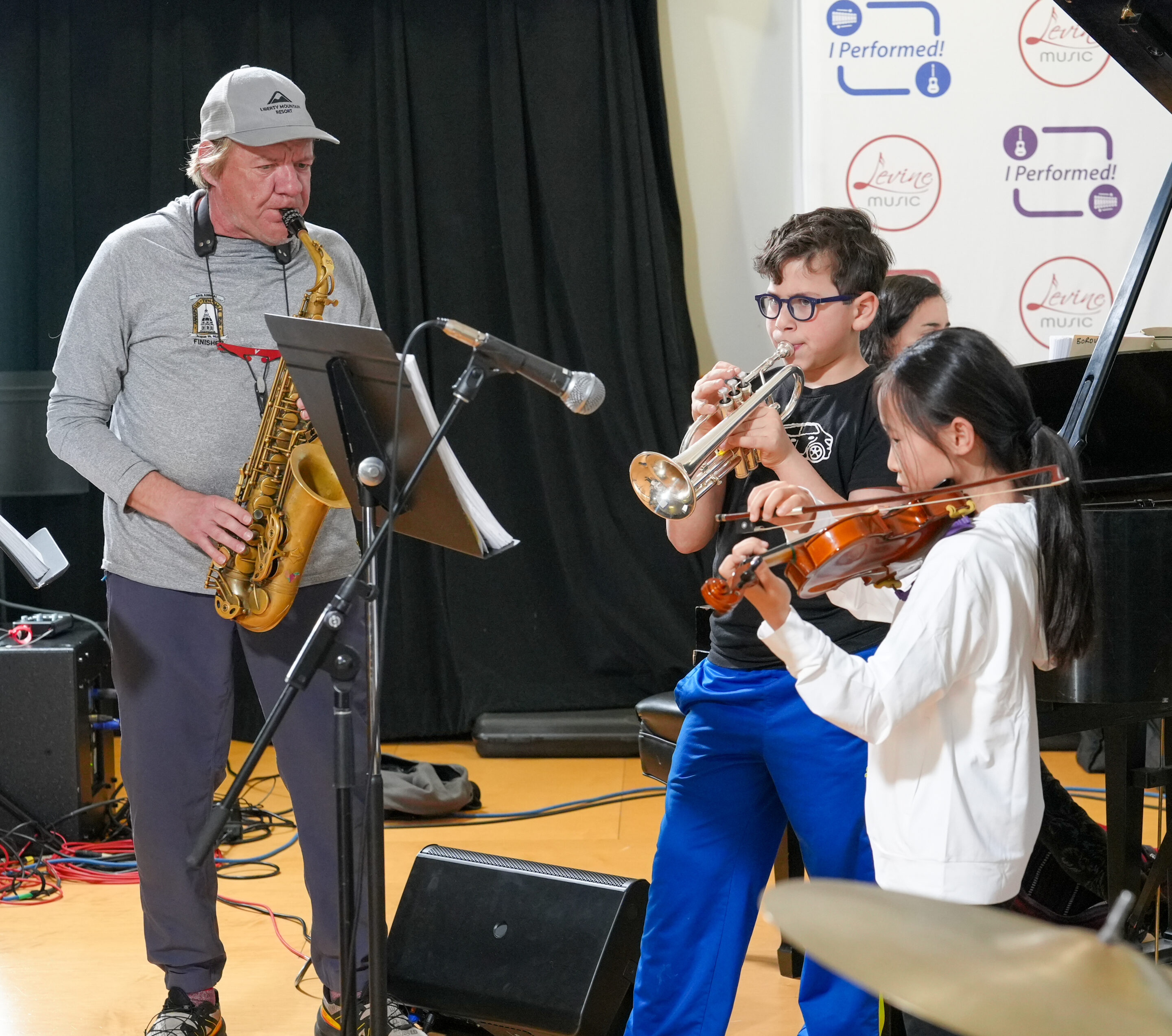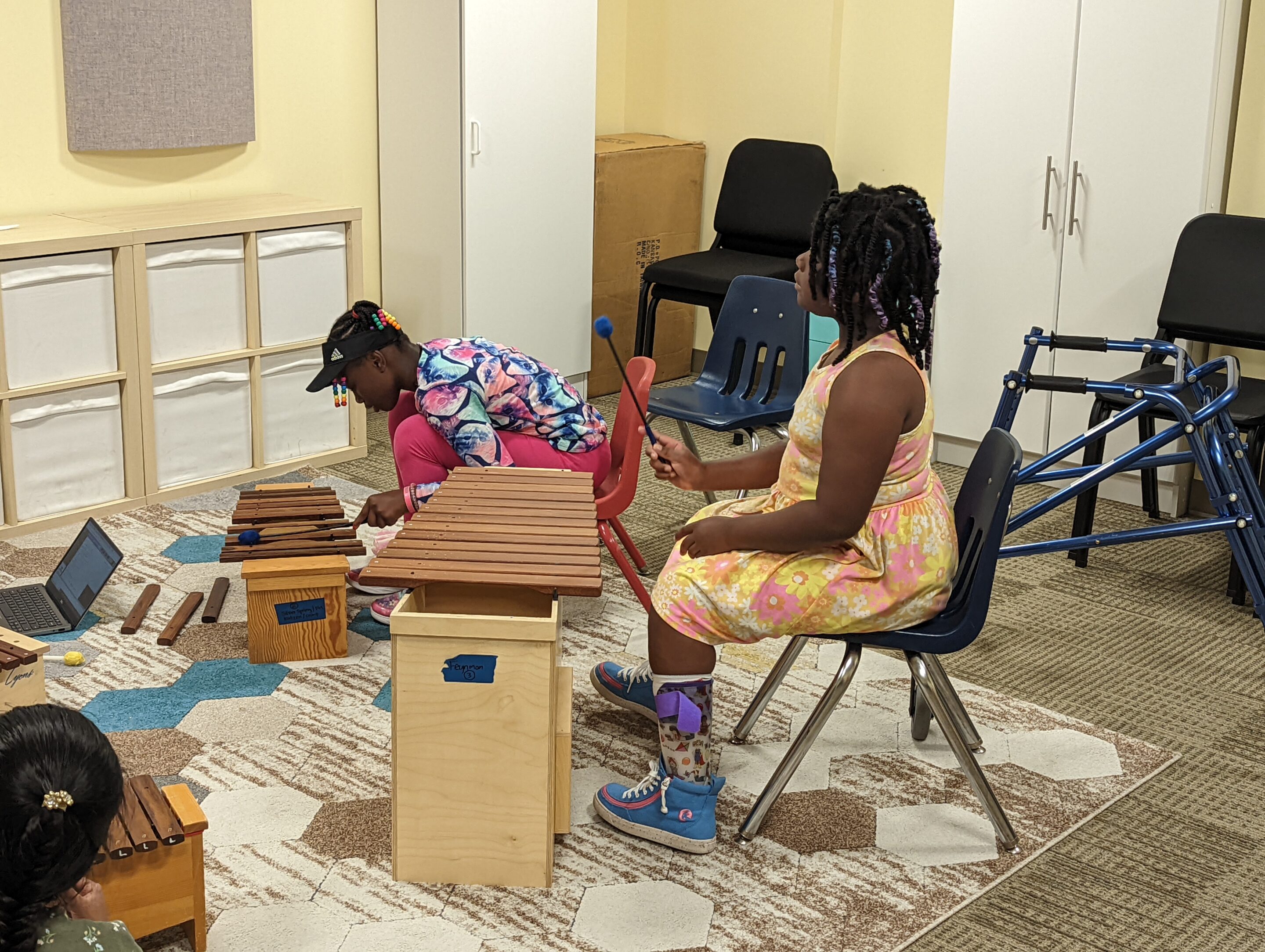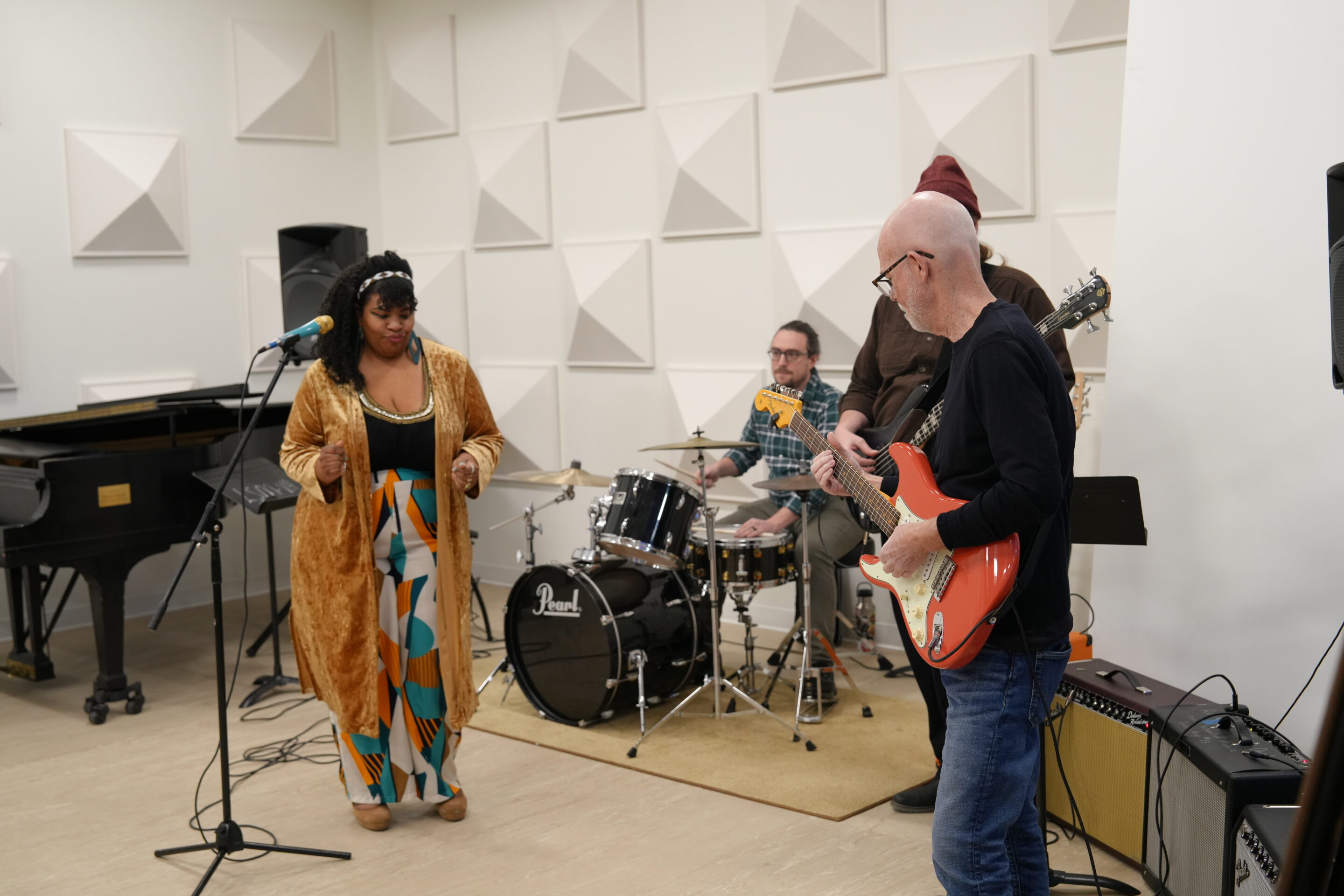At the heart of a spontaneous jazz solo or a soulful blues riff is a musical phenomenon as old as the art itself: improvisation. Improvisation in music is the creative process of composing and performing simultaneously, often on the spot and without premeditation. It is a test of skill, a demonstration of mastery, and an intimate conversation with the audience — all rolled into one fluid performance.
In this article, we’ll take a closer look at musical improvisation, some of the contexts in which it’s used, and some tips for those who want to learn to improvise.
What Is Improvisation in Music?
Improvisation is creating music in real-time, weaving melodies, harmonies, and rhythms on the fly. It requires a deep understanding of musical structures and a spontaneous, creative mindset. Unlike composed music, which follows a predetermined score, improvisation invites the musician to explore new territories within or beyond the formal boundaries of their genre.
Common Contexts of Improvisation
In Jazz
Jazz is perhaps the most widely recognized genre for improvisation. Improvisation is the soul of jazz, allowing musicians like Louis Armstrong, Miles Davis, and Ella Fitzgerald to leave indelible marks on the world. It turns performances into conversations where musicians ‘speak’ to each other and their audience through their instruments, pushing the music into new and exciting directions.
Join us at Levine for regular jam sessions, masterclasses, and performances devoted to appreciating and understanding the vibrant art form of jazz improvisation. Whether you’re a traditionally trained student curious about the world of jazz or an experienced jazz musician looking to expand your skills, Levine is the place to develop your talent. Explore our jazz offerings today!

In Classical Music
While improvisation is synonymous with jazz in the modern mindset, it’s also a long-attested part of classical music. Historically, musicians of the Baroque and Classical periods were expected to improvise, exemplified by the cadenzas of concertos, where soloists commonly embellished the written material. Today, classical musicians are reviving this tradition, showcasing their creativity within the structure of the classical repertoire.
In Music Education
For students, improvisation is a powerful tool for learning. It encourages exploration and personal expression, helping to develop a strong musical ear, a sense of timing, and familiarity with the instrument. Improvisational skills also allow students to understand musical theory better and to communicate musically with others, laying the foundation for a more comprehensive music education.
Want to dive deeper into these foundational concepts? Check out our classes on music theory and composition to see how we can help you grow.
In Music Therapy
Improvisational music therapy uses the creation of music to help individuals express themselves and facilitate healing. Therapists guide clients through musical improvisation, allowing them to explore emotions and experiences through the universal language of music. This form of music therapy has been effective in various settings, helping individuals manage stress, communicate emotions, and improve cognitive and motor skills.
At Levine, we have an entire team of board-certified music therapists trained to access music’s therapeutic value to help others connect and grow. Our experts use evidence-based practices to work with children and adults of all ages in private and group music therapy sessions. In this way, we use music therapy to assist people with various needs through offerings at each Levine campus and in the community through assorted partnership programming.

How to Improvise Music
Improvising music may seem daunting, but it’s a skill that can be developed like any other. Here are some tips for getting started with musical improvisation:
- Learn the basics: Before breaking the rules, you need to learn them. Have a firm grasp of keys, scales, chords and chord progressions, and the structure of music. This knowledge will be the foundation upon which you’ll build your improvisational skills: You need to understand the key of a song to know which notes (within which scales) will sound good while improvising along with it. This, of course, demands that you know your scales. Mastering these music theory and composition building blocks will allow you to implement them on the fly.
- Listen and analyze: Absorb as much music as you can, especially from genres known for improvisation. Listen to the greats and analyze their techniques. Understand the frameworks they improvise within and note how they build tension and release.
- Start simple: Begin with simple melodies and rhythms. Improvise over familiar chord progressions or blues patterns. Don’t overcomplicate things; let your ideas flow naturally and build upon them as you grow more comfortable.
- Practice regularly: Improvisation is a skill honed over time. Integrate it into your practice routine. Regular improvisation will help you develop a personal style and increase your confidence.
- Learn to take risks: Improvisation involves stepping out of your comfort zone. Be bold in your choices, and don’t fear mistakes — they are often the best teachers.
- Play with others: Joining a band or jam session can accelerate your growth. It’s a chance to respond to other musicians in real-time and learn the art of musical conversation.
- Record and reflect: Recording your improvisations can provide insights into your style and progress. Listen back to identify what worked, what didn’t, and where you can improve.

Additional Tips for Learners
Learning to improvise can be both exciting and challenging. Here are some additional tips to help music students embrace the full spectrum of improvisational experiences:
- Be patient: Improvisation is a journey, not a destination. Patience is essential as you develop your unique voice.
- Use backing tracks: Practicing with backing tracks can simulate a live ensemble and help with timing and rhythm.
- Explore different genres: Dabble in various musical styles. Each genre can teach you something different about improvisation.
- Seek feedback: Constructive criticism from teachers or peers is invaluable. It offers new perspectives on your improvisational approach.
Improvisation in music opens doors to personal expression, creativity, and connection with others. Whether in jazz, classical music, learning environments, music therapy, or elsewhere, improvisation enriches the player and the listener. As you dive into this timeless practice, remember that every great improviser started with a single note. You can turn that note into your musical language with dedication, patience, and passion.
If you’re eager to explore the world of musical improvisation, consider enrolling in music classes at Levine. Levine Music offers a supportive environment and expert instruction to help you discover and develop your improvisational talents. Whether you’re a budding musician or an experienced player, Levine provides the resources and community to take your musical skills to new heights. Explore our classes today!
At Levine Music, our core values—excellence and opportunity—infuse everything we do. Learn more about our program areas and upcoming performances, and donate today to help us bring lifelong joy and inspiration through music!